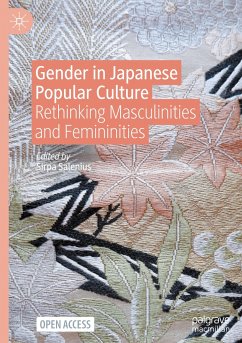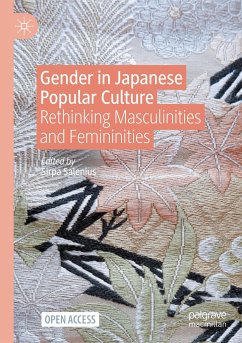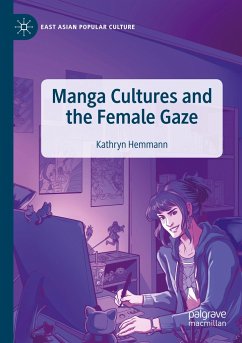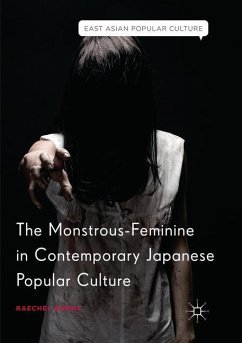
Women's Voices in Manga
Japanese Cultural and Historical Perspectives
Herausgegeben: Dollase, Hiromi Tsuchiya; Toku, Masami

PAYBACK Punkte
52 °P sammeln!
Women's Voices in Manga investigates how manga reflect women's gender issues and social problems within the context of Japanese history, culture, and society. Manga illuminate how women have been treated stereotypically and confined to their gender roles. Fictional characters-surrogates for both creators and readers-have continuously challenged and subverted fixed cultural images, notions, and expressions of women.The first section of the book features research articles on the depiction of women in manga. Contributions of chapters come from scholars in diverse fields, including manga studies, ...
Women's Voices in Manga investigates how manga reflect women's gender issues and social problems within the context of Japanese history, culture, and society. Manga illuminate how women have been treated stereotypically and confined to their gender roles. Fictional characters-surrogates for both creators and readers-have continuously challenged and subverted fixed cultural images, notions, and expressions of women.
The first section of the book features research articles on the depiction of women in manga. Contributions of chapters come from scholars in diverse fields, including manga studies, history, art education, literary studies, and gender studies. The second section presents the life stories of prominent women artists Watanabe Masako (b.1929), Mizuno Hideko (b.1939), and Satonaka Machiko (b.1948), capturing their voices and social messages through interviews. Finally, the third section introduces a translated manga, Abe: A Young Woman Emperor-in-Waiting, createdby Satonaka Machiko, which features one of the six Japanese female Emperors in history, K ken Tenn (later Sh toku Tenn ) of the 8th century.
Women's Voices in Manga showcases women's issues, portrayals, and lives. The book underscores manga's cultural function to disseminate expressions of women's issues across society, inviting readers to relate these issues to their own lives.
The first section of the book features research articles on the depiction of women in manga. Contributions of chapters come from scholars in diverse fields, including manga studies, history, art education, literary studies, and gender studies. The second section presents the life stories of prominent women artists Watanabe Masako (b.1929), Mizuno Hideko (b.1939), and Satonaka Machiko (b.1948), capturing their voices and social messages through interviews. Finally, the third section introduces a translated manga, Abe: A Young Woman Emperor-in-Waiting, createdby Satonaka Machiko, which features one of the six Japanese female Emperors in history, K ken Tenn (later Sh toku Tenn ) of the 8th century.
Women's Voices in Manga showcases women's issues, portrayals, and lives. The book underscores manga's cultural function to disseminate expressions of women's issues across society, inviting readers to relate these issues to their own lives.












